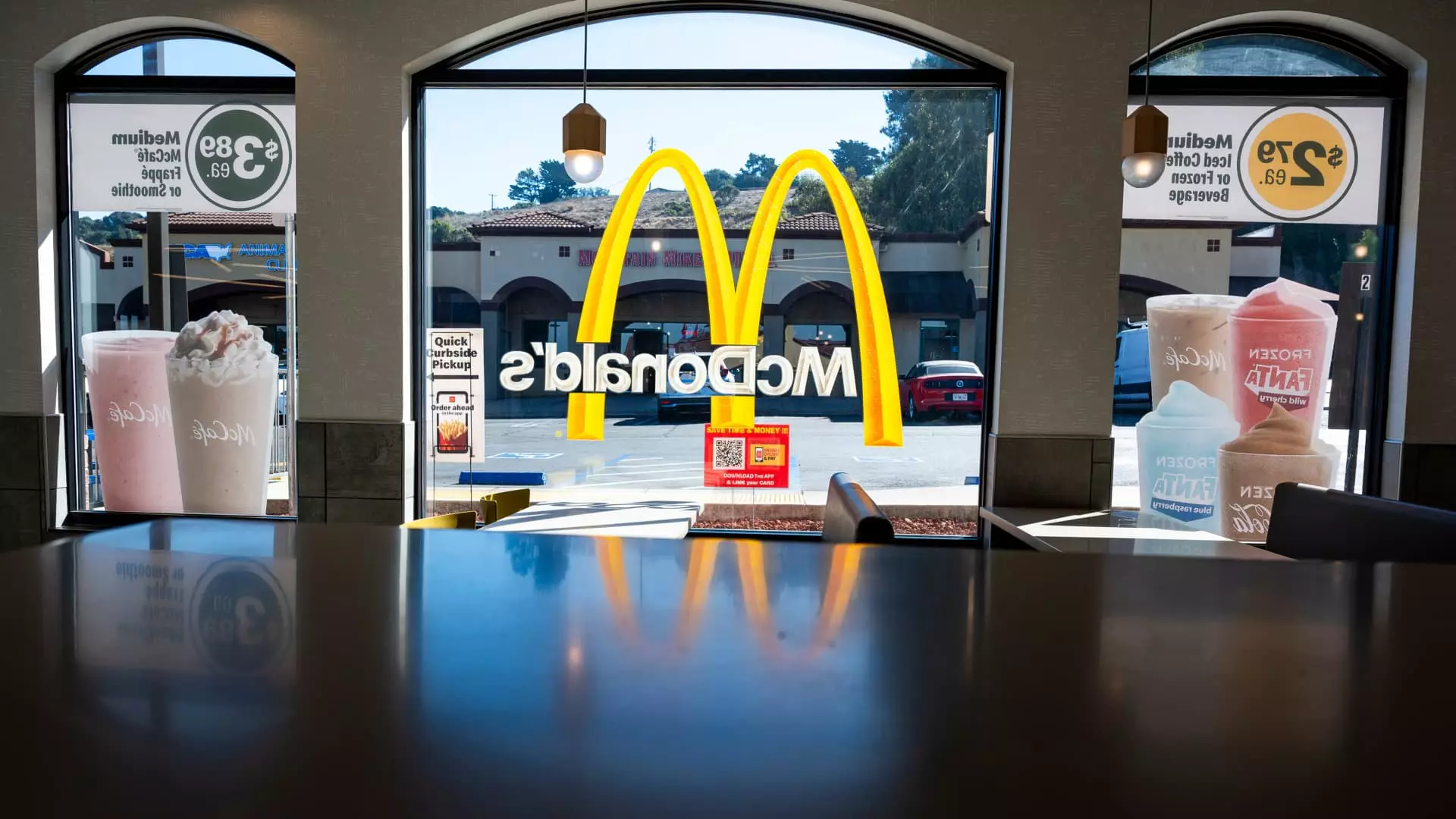The restaurant industry is facing a mixed bag of challenges and opportunities as we forge ahead in 2025. This year began with considerable headwinds that impacted overall consumer behavior, as inclement weather patterns, wildfires, and economic uncertainties prompted food chains to rethink their strategies. However, despite these hurdles, some chains have identified key trends that could paint a more optimistic picture as the year progresses.
The start of 2025 has proven to be tumultuous, largely attributed to severe weather events across the country. The combination of freezing temperatures and wildfires, particularly in Los Angeles, has not only disrupted dining habits but has also resulted in significant economic consequences. This volatility prompted many consumers to reevaluate their dining choices. Chains like Wendy’s have commented on this situation, acknowledging that overall industry traffic is down, creating a paradox where sales remain a concern even amid rising net sales. This apprehensive consumer sentiment reflects a broader uncertainty about the economic landscape, which, according to industry insiders, is causing customers to be more selective about their spending.
Despite these challenges, certain fast-food chains have recognized a shift in consumer behavior that revolves around the concept of value. As diners seek to balance quality with affordability, many chains have introduced value-driven menu items, which seem to resonate well with consumers who are predominantly inclined to stay home and cook. For instance, Burger King and Popeyes reported improvements in their fourth-quarter sales, attributing this success to their value offerings designed to entice consumers back into restaurants. Similarly, McDonald’s saw an uptick in domestic traffic, despite an overall dip in same-store sales, suggesting that when consumers do choose to dine out, they are increasingly looking for deals that deliver better returns for their money.
As we delve deeper into 2025, there is a consensus among industry leaders that while the initial momentum was subdued, significant changes might be on the horizon. The outlook for the second quarter appears to hinge on how the restaurant industry can compare its current performance against a backdrop of previous year declines. With traffic and sales experiencing negative growth during the summer of the previous year, analysts anticipate that easing comparisons could provide much-needed relief. Certain executives predict that consumer confidence could rebound as the weather improves and conditions stabilize, fostering an environment conducive to increased restaurant patronage.
Even as companies brace for improved sales later in the year, existing challenges linger that could stifle overall growth. Chipotle Mexican Grill, for example, remarked that they anticipated flat same-store sales for the first quarter, primarily due to weather-related disruptions and shifting consumer priorities. With the unfolding situation regarding tariffs and trade tensions, especially with key suppliers and markets, companies are taking a cautious stance. Educating consumers about the implications of tariffs on food prices could also play a role in mitigating anxiety and enhancing customer loyalty.
In the anticipation of a stronger rebound in the latter half of 2025, some major food chains like McDonald’s and Starbucks are hesitant to prescribe overly optimistic forecasts just yet. While McDonald’s remains hopeful about recovering from past challenges – including previous health crises impacting sales – Starbucks is facing prolonged struggles that have led to a drop in same-store sales for four consecutive quarters. This scenario paints the picture of a balancing act; while robust promotional strategies may drive immediate sales, companies must also consider long-term brand loyalty and customer satisfaction.
Ultimately, the restaurant industry in 2025 is a vibrant mix of resilience and adaptation. As established chains maneuver through a landscape marked by shifting consumer preferences and economic uncertainties, maintaining an agile approach to market changes will be crucial. From enhancing value perception to navigating trade complexities, the keys to success will lie in agility, customer insight, and a willingness to innovate. With a potential uptick in visibility and sales on the horizon, the question remains: how effectively can the industry reforge its path in the face of ongoing challenges? Time will tell.


Leave a Reply